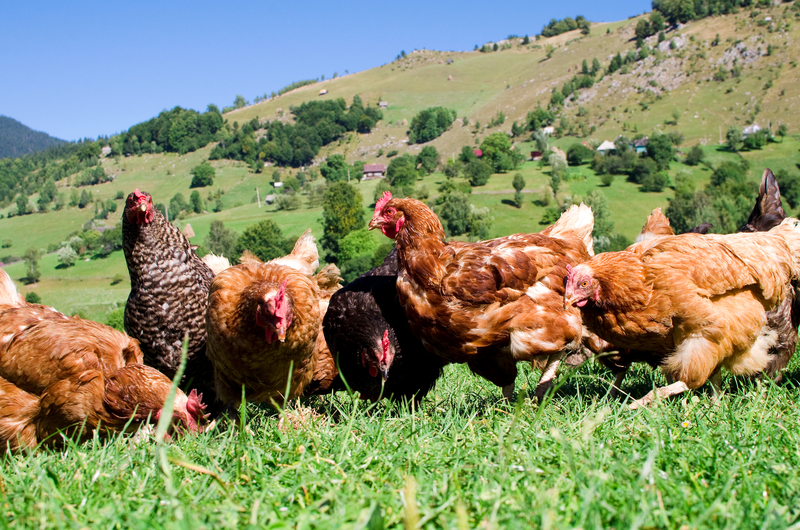By keeping these items organized and in an easily accessible place, you can efficiently and effectively treat any wounds or sicknesses that your chickens have. You probably have a first-aid kit for humans on your farm so why not make one for your valuable chickens? They'll thank you!
1. Disposable gloves
Protect your hands while keeping the wound area free from contaminants by having a supply of disposable gloves readily available.
2. Rubbing alcohol
A small bottle of rubbing alcohol is perfect for cleaning wounds.
Be careful not to get the liquid near the bird’s eyes.
3. Cornstarch
Cornstarch, styptic powder and Wonder Dust are all useful for stopping bleeding due to broken nails or minor wounds.
4. Triple antibiotic ointment
Pick one free of pain-relieving ingredients. The ointment is most useful for preventing infection in wounds and abrasions.
5. Petroleum ointment
Useful as a protectant, petroleum ointment is helpful to fend off frostbite on combs and wattles during extreme cold snaps. It also can be used to treat scaly leg mites. To do this, simply coat the leg with ointment once or twice a week until the leg scales once again lay flat.
6. Blu-Kote
An antiseptic spray, Blu-Kote masks the wound to prevent other hens from pecking at it. It also stops infection and can be used in combination with a triple antibiotic ointment for serious wounds.
7. Oral syringe
For dispensing any liquid medications, an oral syringe is a must. Electrolyte solutions can be easily administered to aid ailing chickens with an oral syringe.
8. Gauze wrap
Occasionally, a wing will be broken and need to be secured. Position the broken wing in a natural position on the bird’s side and wrap the body and wing with gauze to secure it in place. Broken legs can be splinted and wrapped with gauze as well. It is best to isolate the chicken to prevent further injury due to pecking.
Are there any other things we should add to a first-aid kit for chickens? Which item has been most useful to you?
Article Source: Off The Grid News
.
